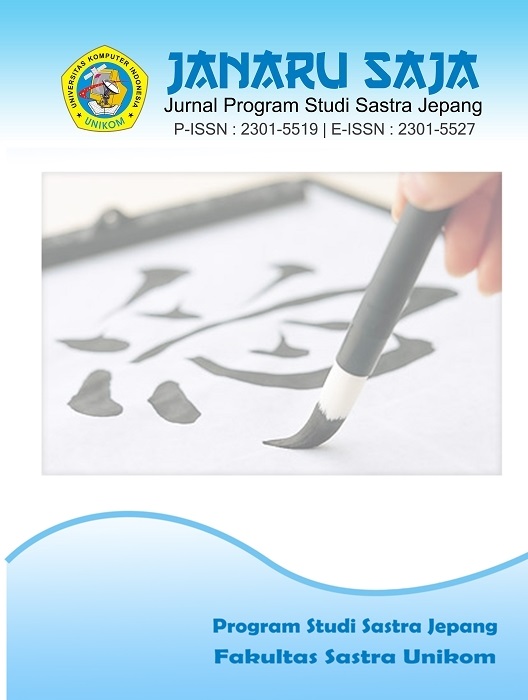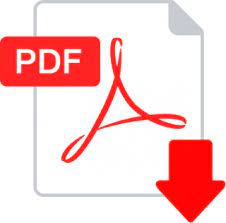Pembelajaran Kanji II di Masa Pandemi Covid-19 dengan Bantuan Media Edmodo
DOI:
https://doi.org/10.34010/js.v9i2.3565Abstract
Abstract
The demands of Industrial Revolution 4.0 become a new challenge for teaching and learning activities that must be done via Distance Learning. Covid-19 pandemic causes mostly all lecture classes from different institution to be done online. This matter became authors underly to perform Kanji II course by using various media and learning platforms. This study aims to (1) determine the implemetation of Kanji II course done by using several educational application that shown in Edmodo App, and (2) to find out the responses of students to Kanji II course. The method used in this study is aqualitative descriptive method. Results of the research described that Kanji II course done by giving the kanji learning materials through power point video. The results of this study explains that Kanji II course done by giving the kanji learning materials through power point video. Thereafter for the task, practice, and quiz are given through several application such as Kahoot, Quizizz, and Google Classroom sent via Edmodo. Furthermore, lecturers provide a discourse or reading materials in order to familiarize students to read kanji literation. Thereupon students respond towards Kanji II course are positive. Particularly for the depiction for Kanji learning materials through power point video and the reading materials that provided, helps the students to understand the learning materials well and learning independently. By using several application in task and quiz, it motivates the students to doing the task and generate excitement in cause of competition that happens during the practice and quiz session.
Keywords : kanji, edmodo,kahoot, quizizz, google classroom
Downloads
Published
Issue
Section
License
- Authors retain copyright and grant the journal right of first publication with the work simultaneously licensed under a Creative Commons Attribution License that allows others to share the work with an acknowledgement of the work's authorship and initial publication in this journal.
- Authors are able to enter into separate, additional contractual arrangements for the non-exclusive distribution of the journal's published version of the work (e.g., post it to an institutional repository or publish it in a book), with an acknowledgement of its initial publication in this journal.
- Authors are permitted and encouraged to post their work online (e.g., in institutional repositories or on their website) prior to and during the submission process, as it can lead to productive exchanges, as well as earlier and greater citation of published work (See The Effect of Open Access)











.jpg)

